(Serif)
(Serif)
(Serif)
Brando styles
Summary
Brando is a contemporary serif with humanist proportions, exploring the balance between mechanical and Egyptian forms. It was initially a proposal for a bank rebrand, then subsequently developed into the robust typeface it is today. The careful interaction of rigid and fluid strokes gives Brando its modern appeal and sturdiness. The light styles of Brando assume the shape of an elegant slab-serif with open letterforms, while the heavier weights feature just the right amount of contrast to give it an even and comfortable texture in text. The distinctive Italics strike a harmonious balance between true Italics and Oblique with supple and vigorous letterforms.
The Brando family comes in eight weights — Hairline to Black — making it ideal for display settings and the rigorous demands of text. It is perfect for editorial and identity design work that needs typographic distinction and flexibility. The comprehensive character set, including small caps, various figure styles, fractions, and mathematical symbols, covers over forty languages and makes Brando fit for complex typographic systems.
In practice
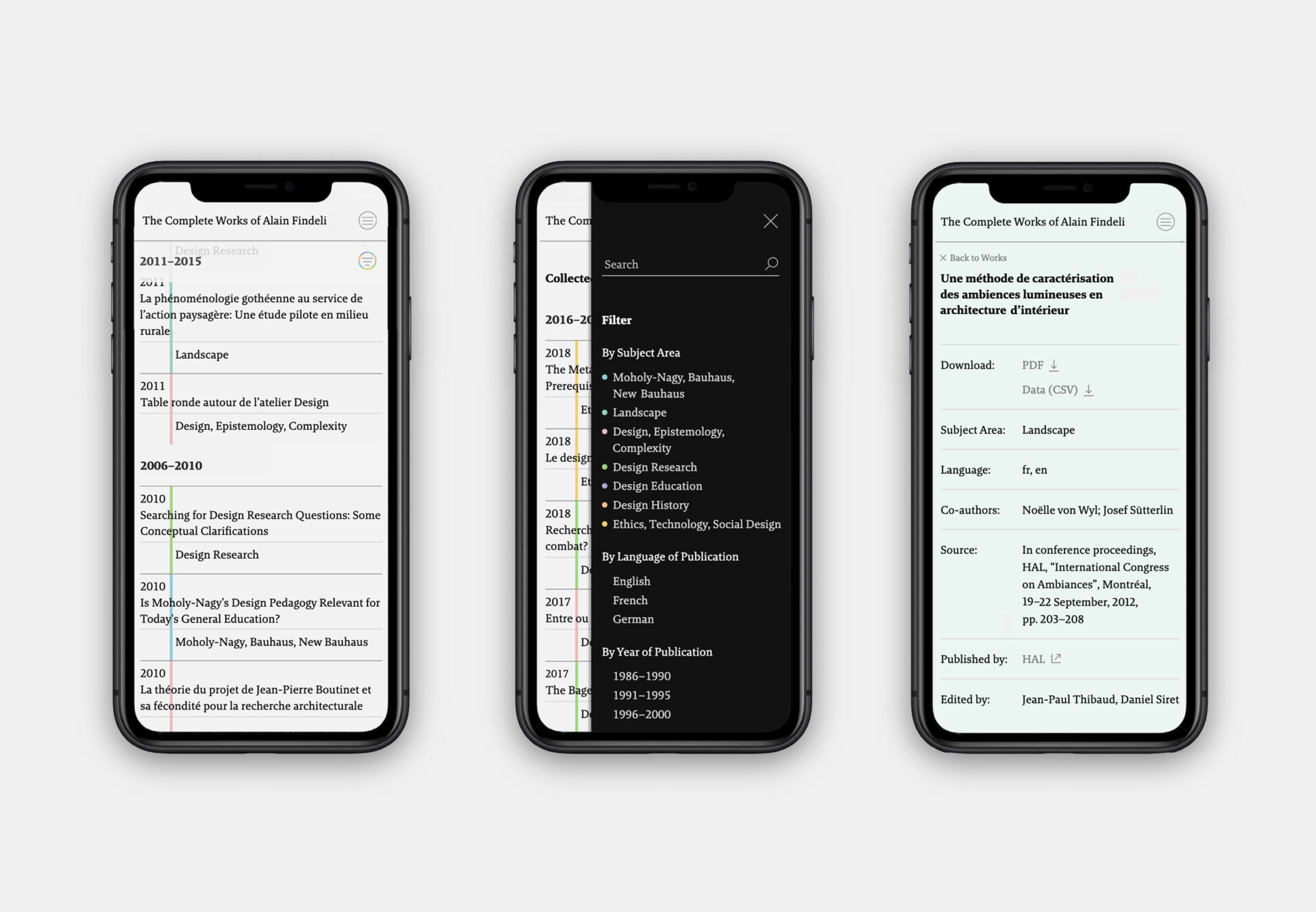

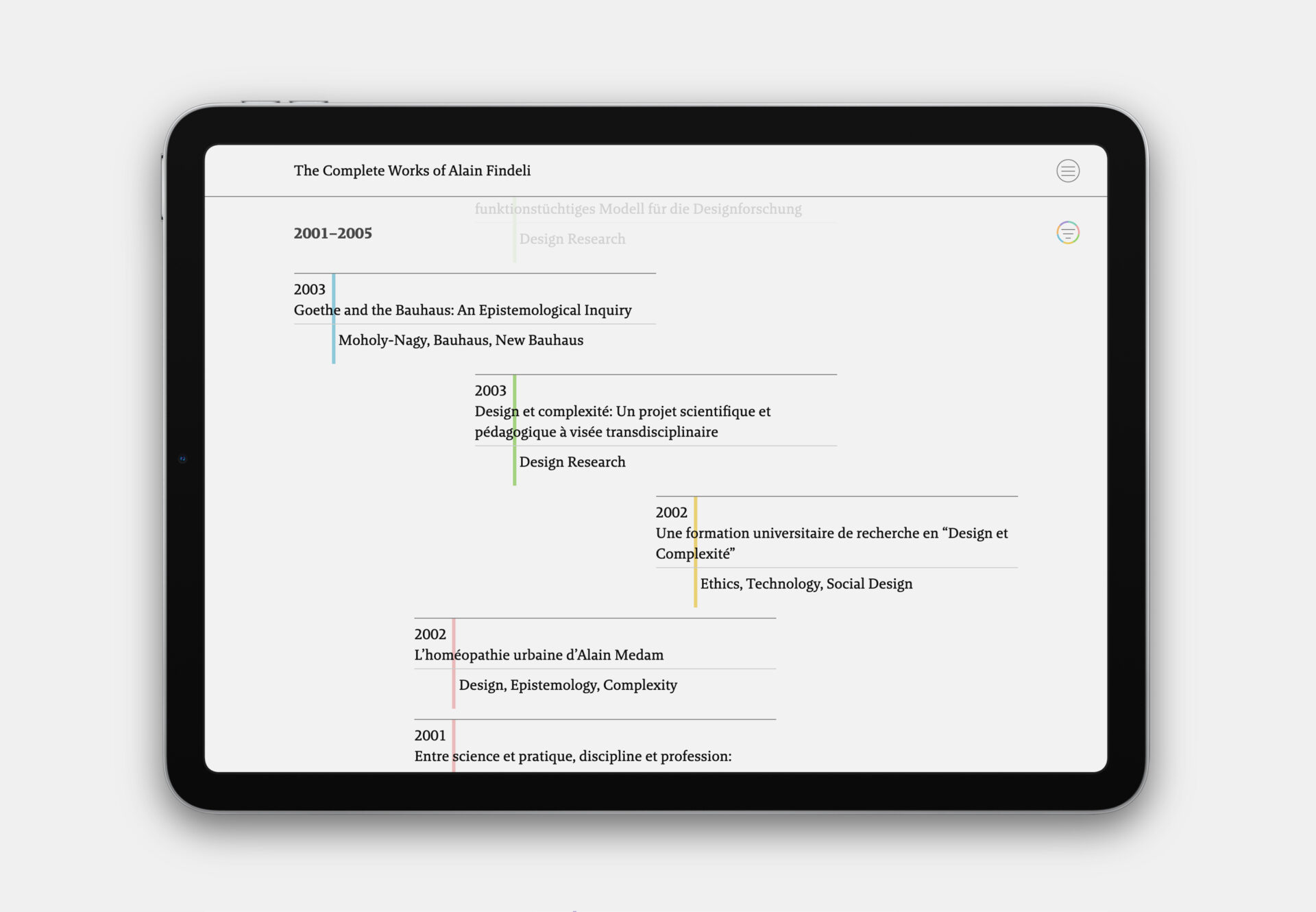

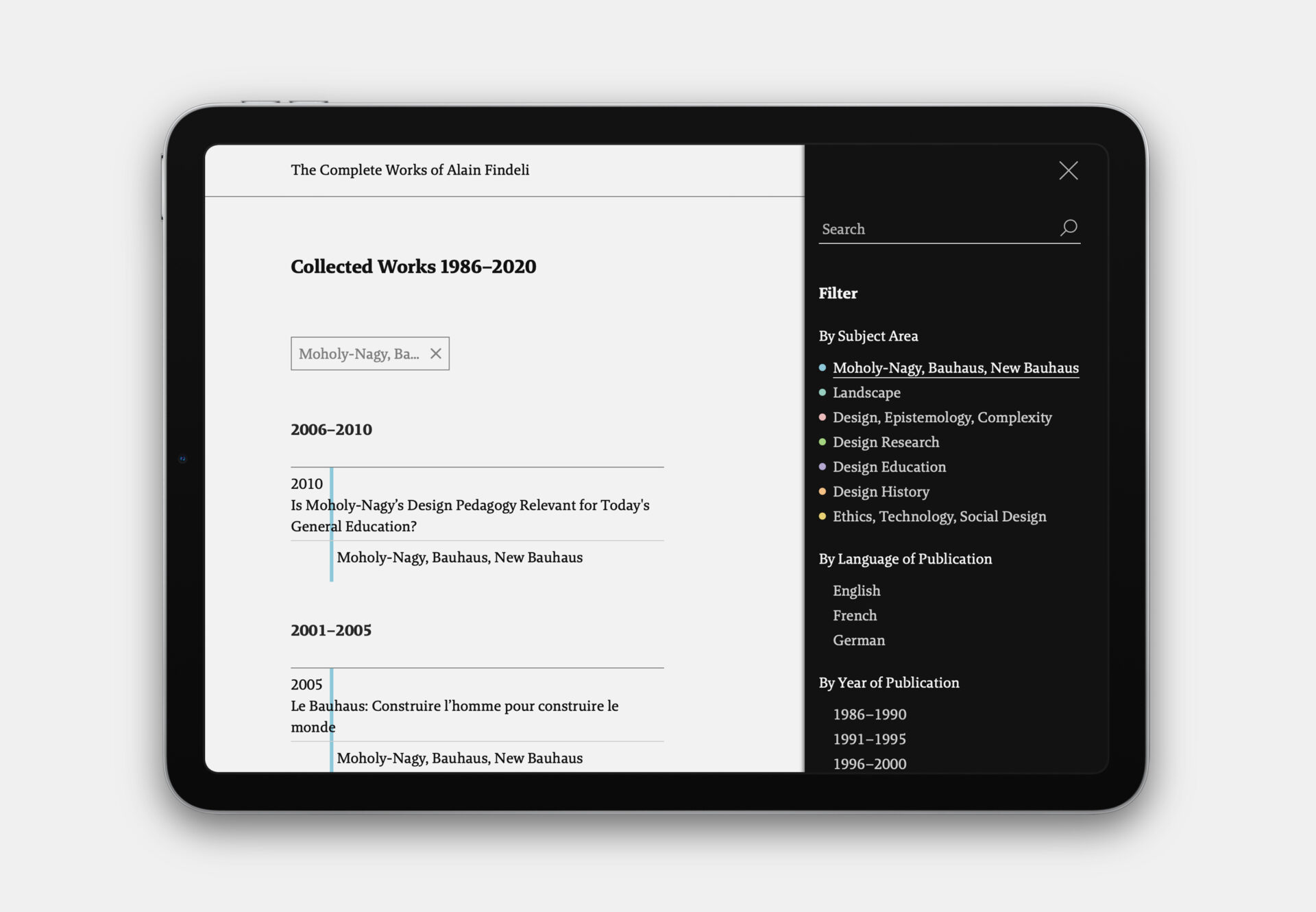

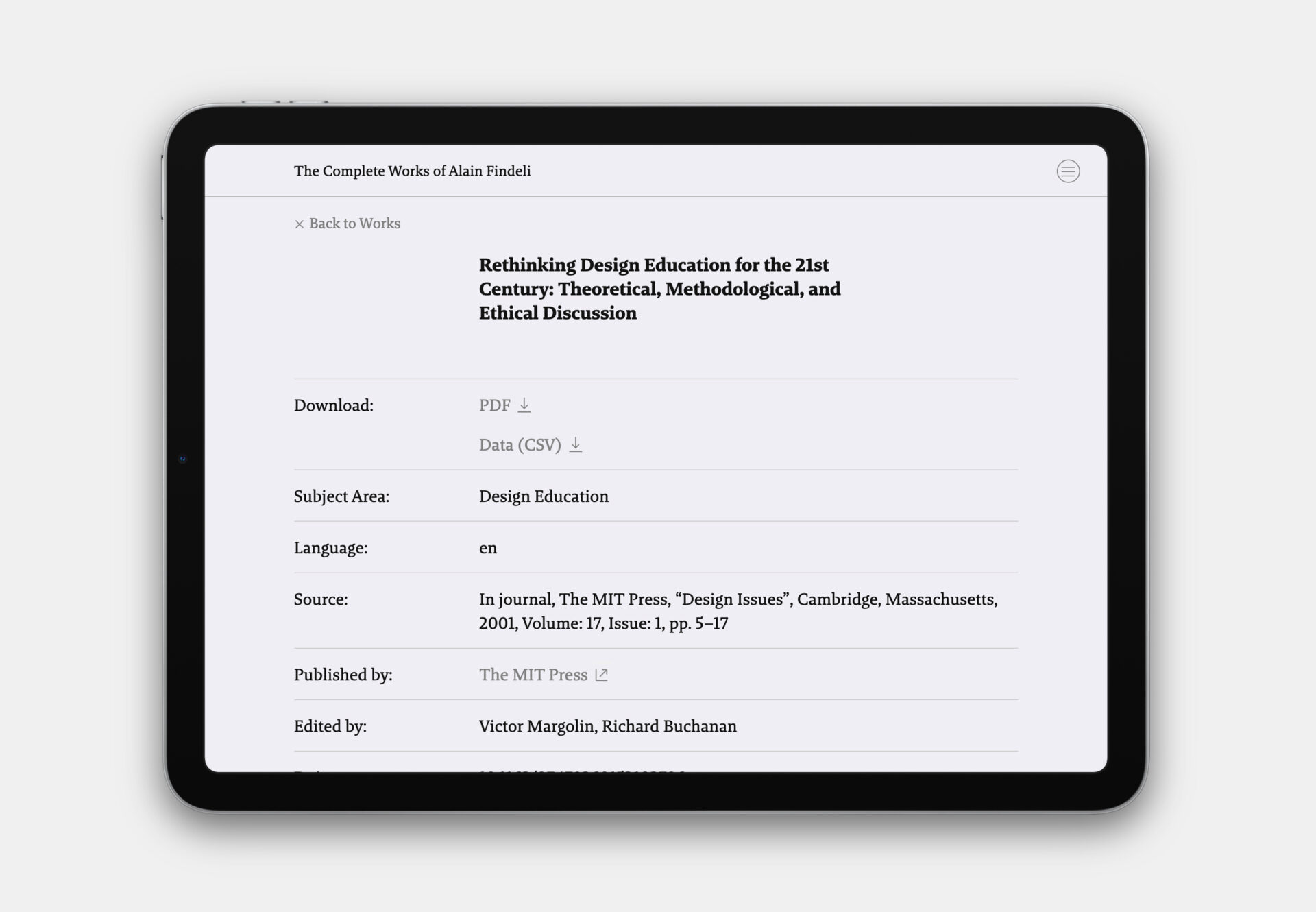



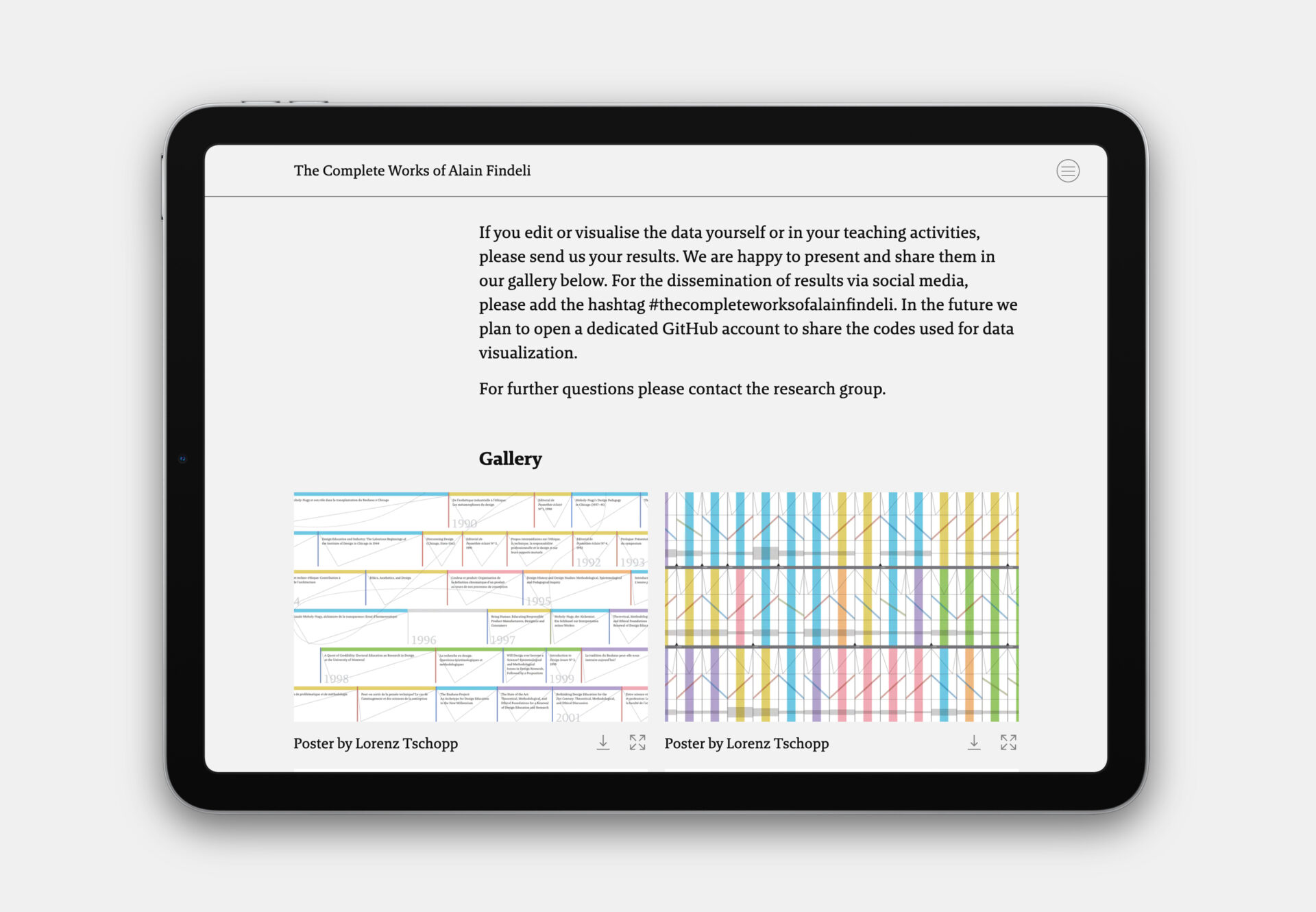

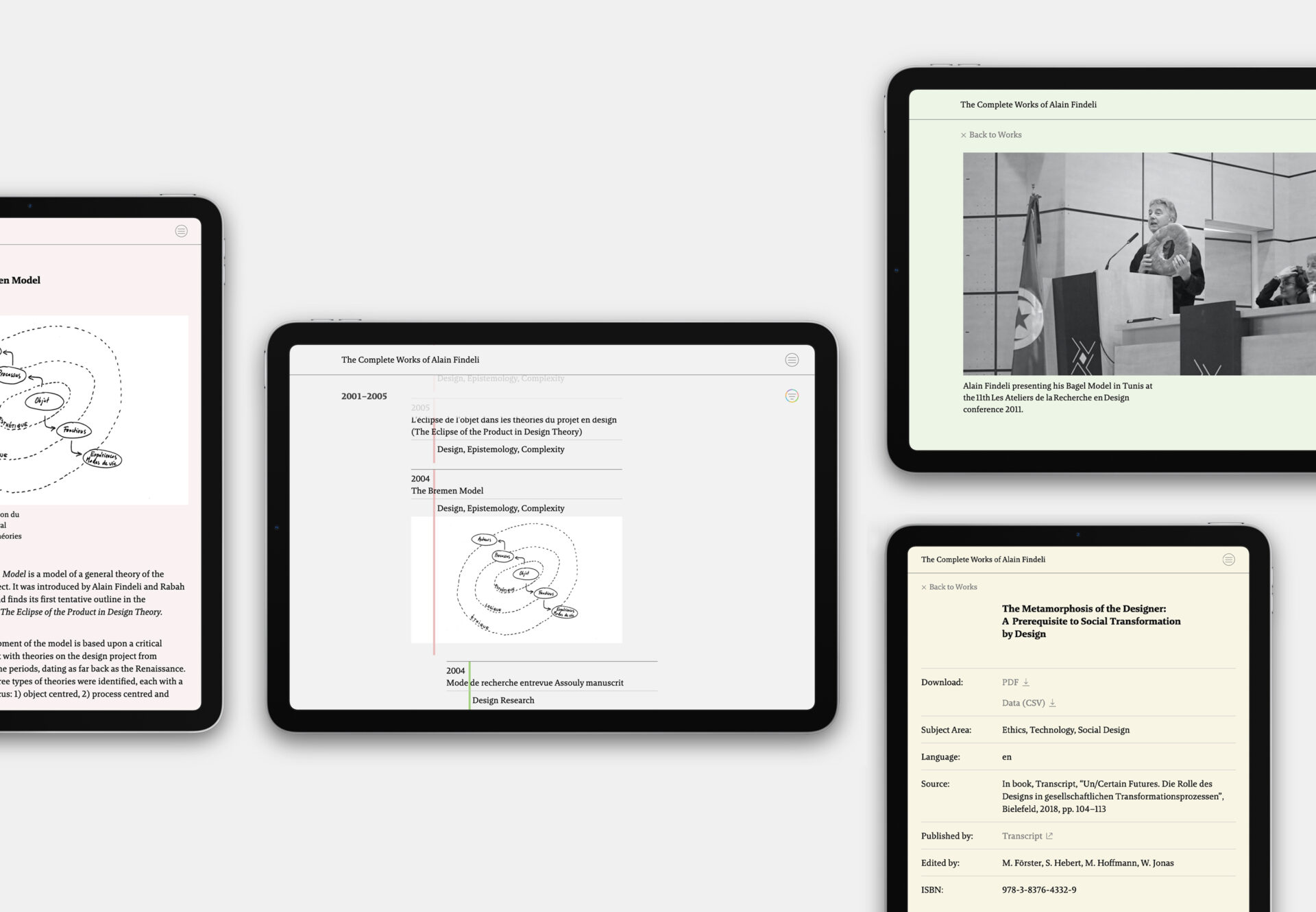

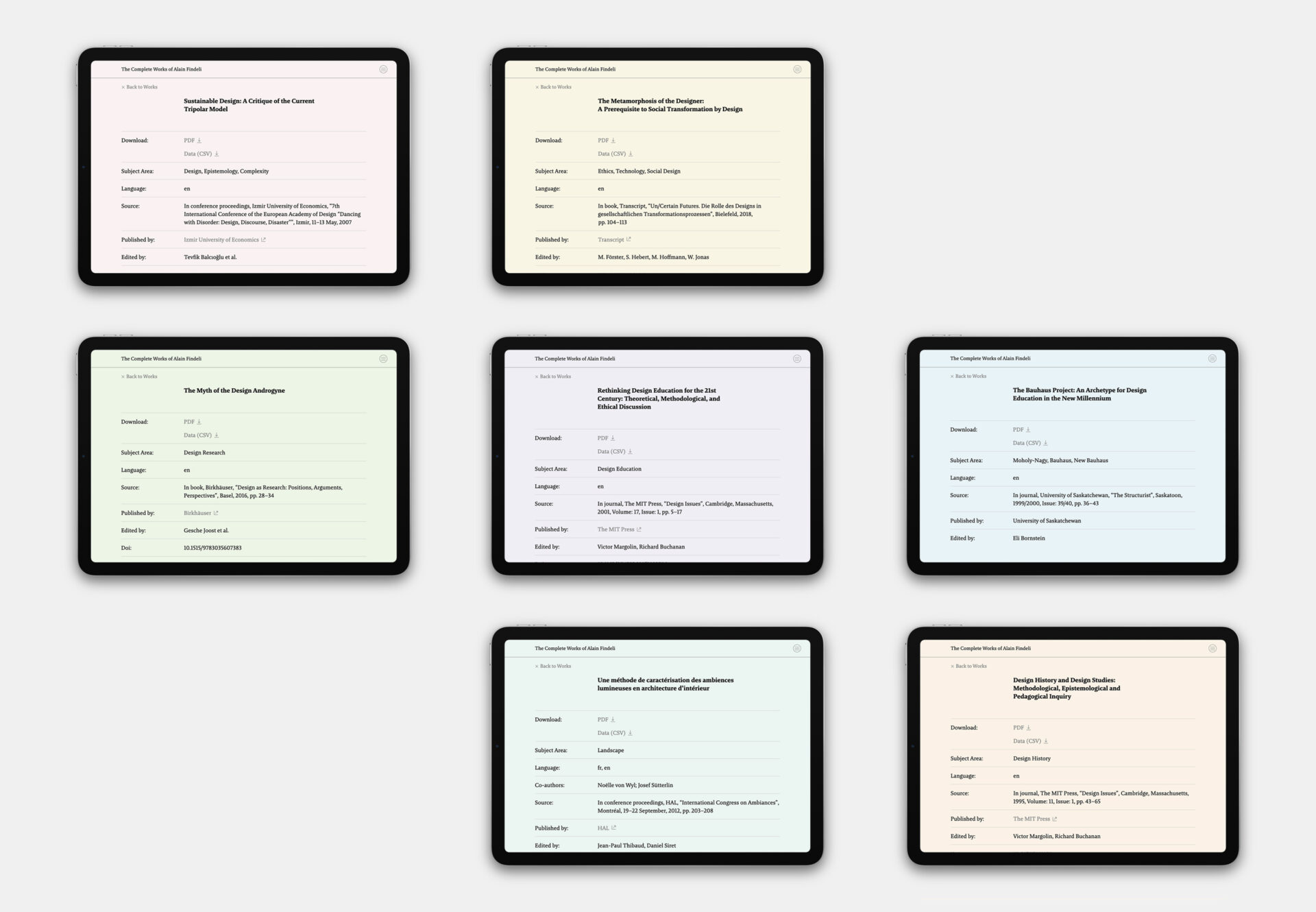

↓
Design and images by the Bern University of the Arts and Studio Lorenz Tschopp, Zurich, Switzerland. The complete works of Alain Findeli showcasing the Brando typeface published by Bold Monday.
In practice


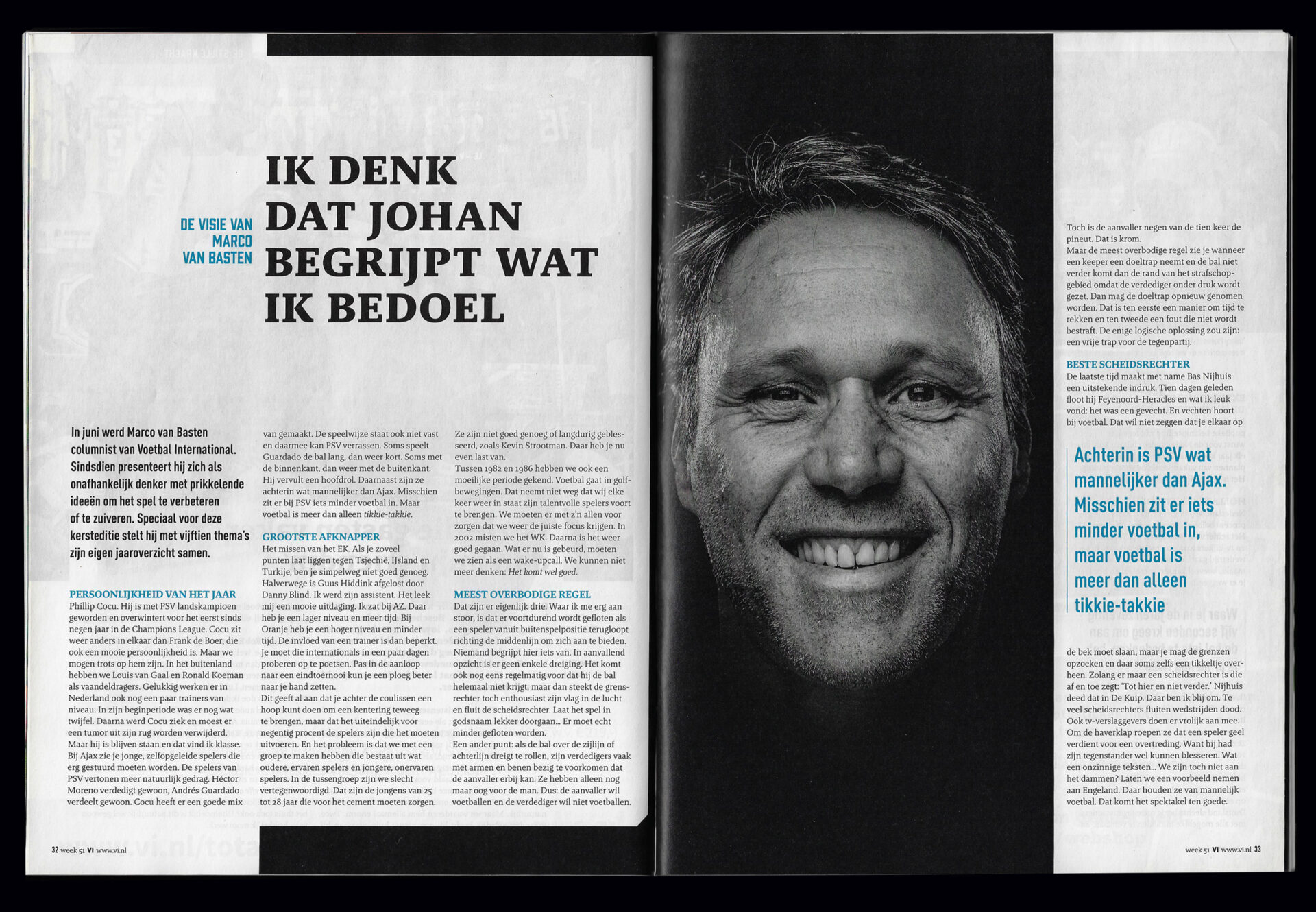



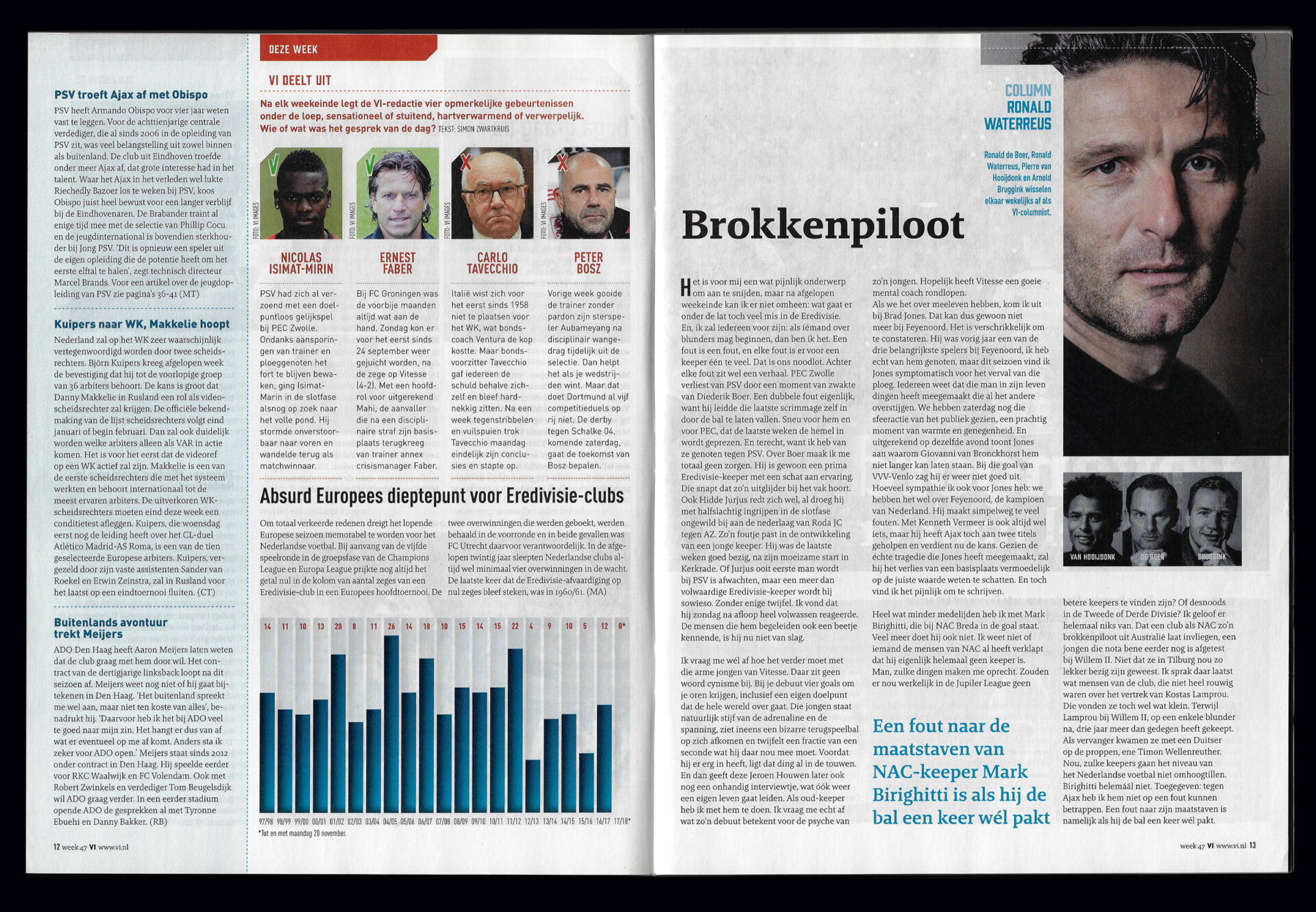

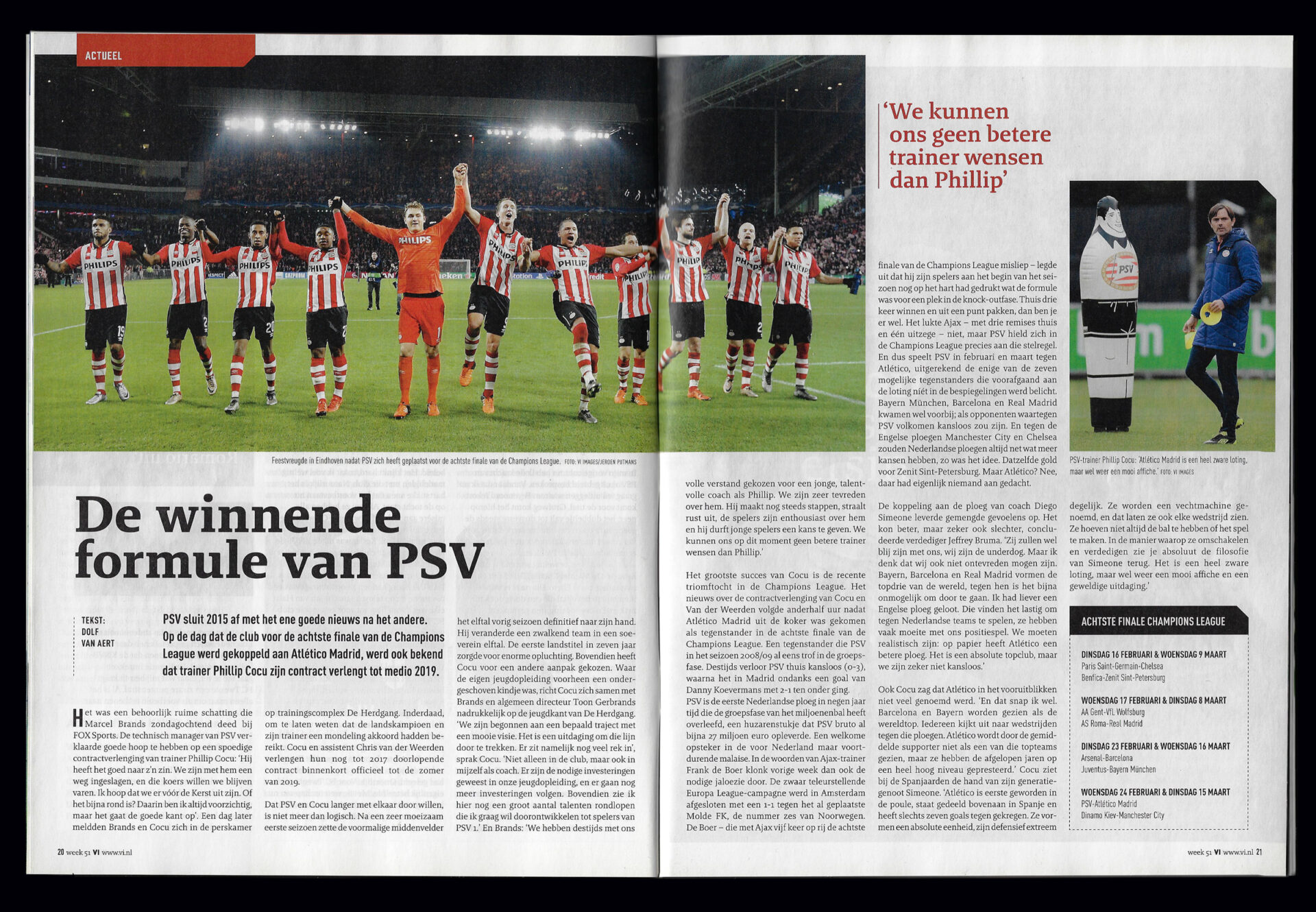

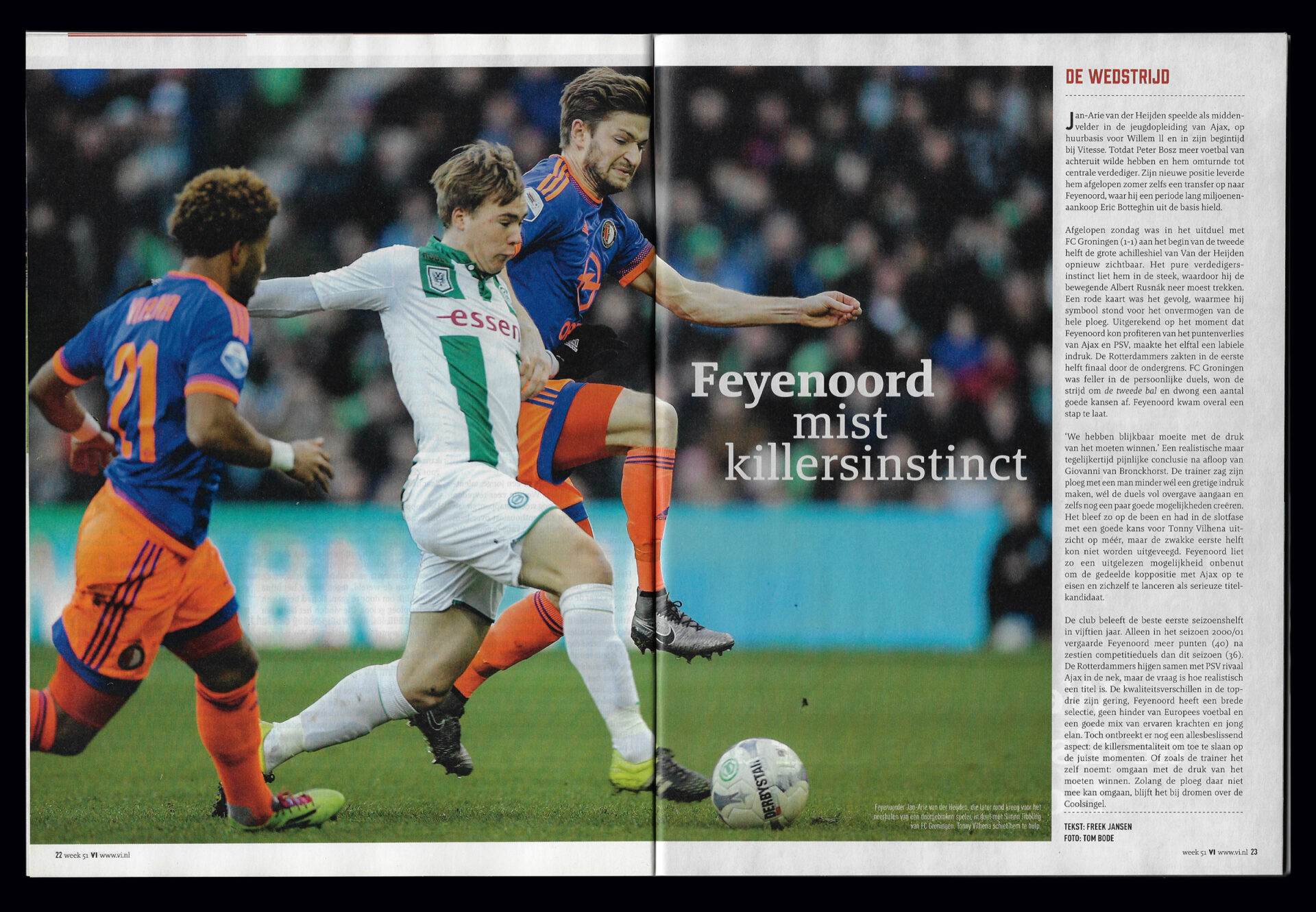

↓
Spreads from the Dutch Magazine Voetbal International, established in 1965, showcase Brando in use with body copy and display text throughout the magazine. Brando is published by Bold Monday.
In practice
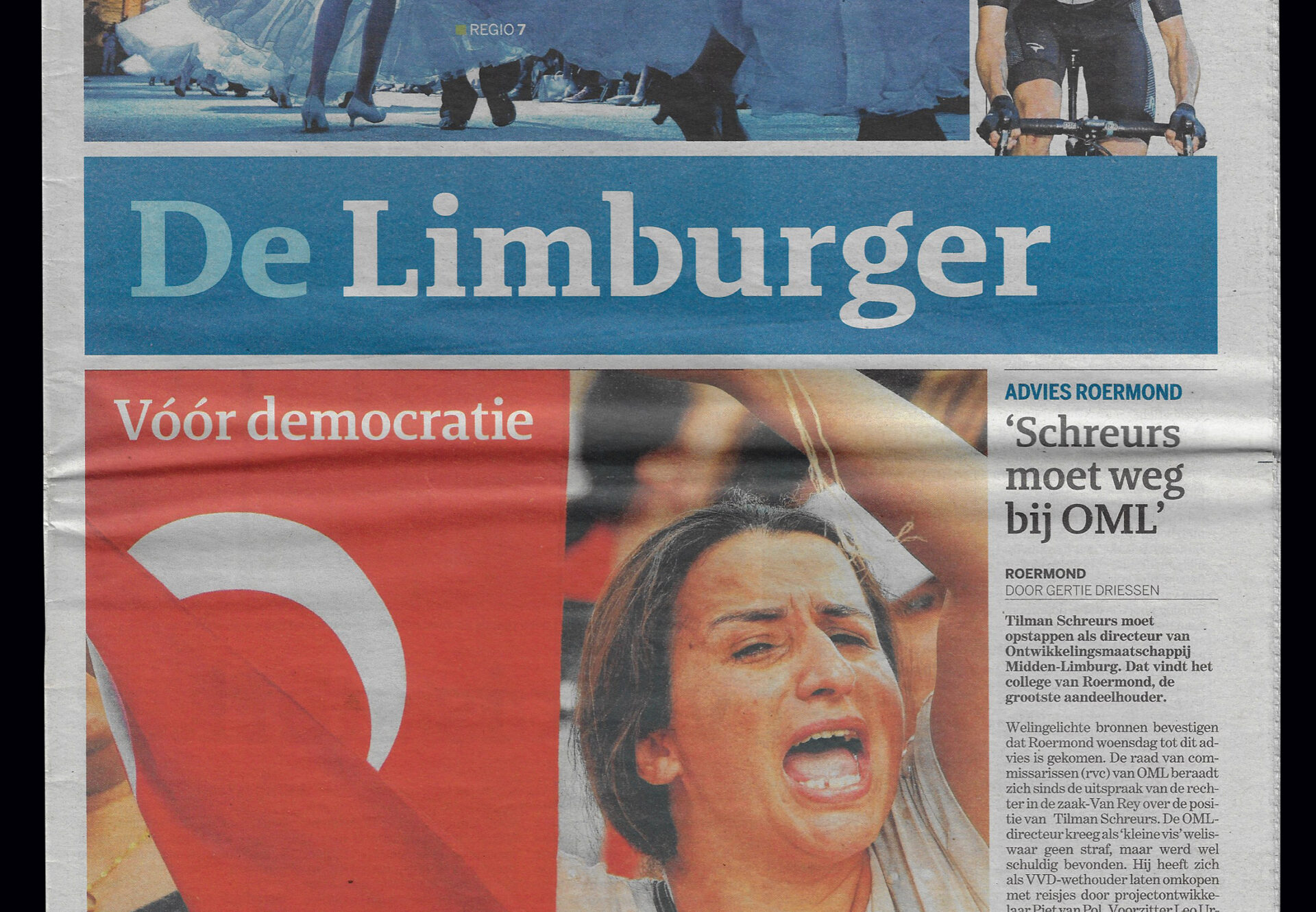

↓
The cover layout of the Dutch newspaper De Limburger showcases Brando in use for its masthead, titles, and typography used across printed and digital properties. Brando is published by Bold Monday.
Credits & details
Purchase
Language support
Arabic
Afrikaans
Albanian
Asu
Bashkir
Basque
Belarusian
Bemba
Bena
Bosnian
Breton
Bulgarian
Catalan
Cebuano
Chechen
Chiga
Chuvash
Colognian
Cornish
Corsican
Croatian
Czech
Danish
Dutch
Embu
English
Erzya
Esperanto
Estonian
Faroese
Filipino
Finnish
French
Friulian
Galician
Ganda
German
Gusii
Hawaiian
Hungarian
Icelandic
Ido
Inari
Sami
Indonesian
Interlingua
Irish
Italian
Javanese
Jju
Jola-Fonyi
Kabuverdianu
Kalaallisut
Kalenjin
Kamba
Kazakh
Kikuyu
Kinyarwanda
Kurdish
Kyrgyz
Latvian
Lithuanian
Lojban
Low German
Lower Sorbian
Luo
Luxembourgish
Luyia
Macedonian
Machame
Makhuwa-Meetto
Makonde
Malagasy
Malay
Maltese
Manx
Maori
Meru
Mohawk
Mongolian
Morisyen
North Ndebele
Northern Sami
Northern Sotho
Norwegian Bokmål
Norwegian Nynorsk
Nyanja
Nyankole
Occitan
Oromo
Ossetic
Polish
Portuguese
Quechua
Romanian
Romansh
Rombo
Rundi
Russian
Rwa
Sakha
Samburu
Sango
Sangu
Sardinian
Scottish Gaelic
Sena
Serbian
Shambala
Shona
Slovak
Slovenian
Soga
Somali
South Ndebele
Southern Sotho
Spanish
Swahili
Swati
Swedish
Swiss German
Taita
Tajik
Taroko
Tatar
Teso
Tongan
Tsonga
Tswana
Turkish
Turkmen
Tyap
Ukrainian
Upper Sorbian
Uzbek
Vunjo
Walloon
Walser
Welsh
Western Frisian
Wolof
Xhosa
Zulu